Cutting Back Crown Of Thorns: How To Prune A Crown Of Thorns Plant
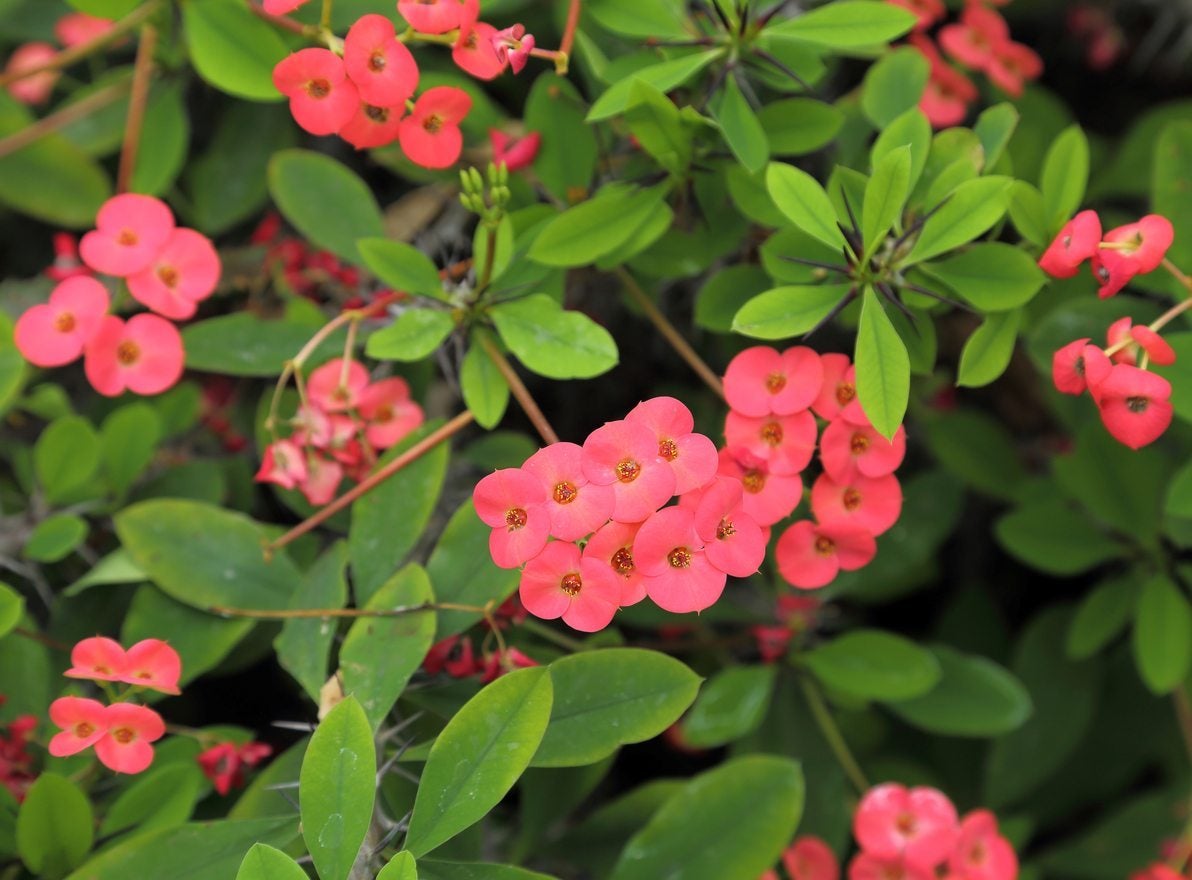

Most types of crown of thorns (Euphorbia milii) have a natural, branching growth habit, so extensive crown of thorns pruning isn’t generally needed. However, some fast-growing or bushier types may benefit from pruning or thinning. Read on to learn the basics of pruning crown of thorns.
About Pruning Crown of Thorns
There are a couple of important things to know before you begin pruning crown of thorns. First of all, this gorgeous plant was named for a reason – the thorns are wicked. You’ll need long sleeves and a pair of sturdy garden gloves for pruning crown of thorns. Even more importantly, be aware that the gooey, milky sap that oozes from a cut plant may cause severe skin irritation in some people, and it can do serious harm if it gets in your eyes. Be careful about cutting back crown of thorns when children and pets are present because the sap contains toxic compounds. One would have to ingest a lot of the plant to have serious ill effects, but a small amount can irritate the mouth and may cause stomach upset. Additionally, the sap will definitely stain your clothing and gum up your tools. Wear old clothes and save your expensive tools for tamer jobs. Old paring knives from a thrift store will work just fine and are easier to clean.
How to Prune a Crown of Thorns Plant
If you’re in need of trimming crown of thorns, the good news is that this is a forgiving plant, and you can prune it however you like to create the desired size and shape. Two or three new branches will emerge at every pruned branch, creating a bushier, fuller plant. As a general rule, it works best to cut the stem at its point of origin to prevent stubby, unsightly branches. Prune a crown of thorns to remove weak, dead, or damaged growth or branches that rub or cross other branches.
Gardening tips, videos, info and more delivered right to your inbox!
Sign up for the Gardening Know How newsletter today and receive a free copy of our e-book "How to Grow Delicious Tomatoes".

A Credentialed Garden Writer, Mary H. Dyer was with Gardening Know How in the very beginning, publishing articles as early as 2007.
-
 Zinnias On Repeat: 10 Glorious Cut-And-Come-Again Varieties For Endless Summer Bouquets
Zinnias On Repeat: 10 Glorious Cut-And-Come-Again Varieties For Endless Summer BouquetsThese zinnia varieties keep giving all summer, making them the perfect choice for dedicated cutting gardens – or just the occasional homegrown bouquet.
By Ellen Wells
-
 Create A Romantic Garden Straight Out Of Bridgerton: Regency Era Romance In Your Garden
Create A Romantic Garden Straight Out Of Bridgerton: Regency Era Romance In Your GardenTry some romantic garden ideas straight out of Bridgerton. Flowers and gardens in the Regency era were lush and charming and you can get the same look!
By Bonnie L. Grant
-
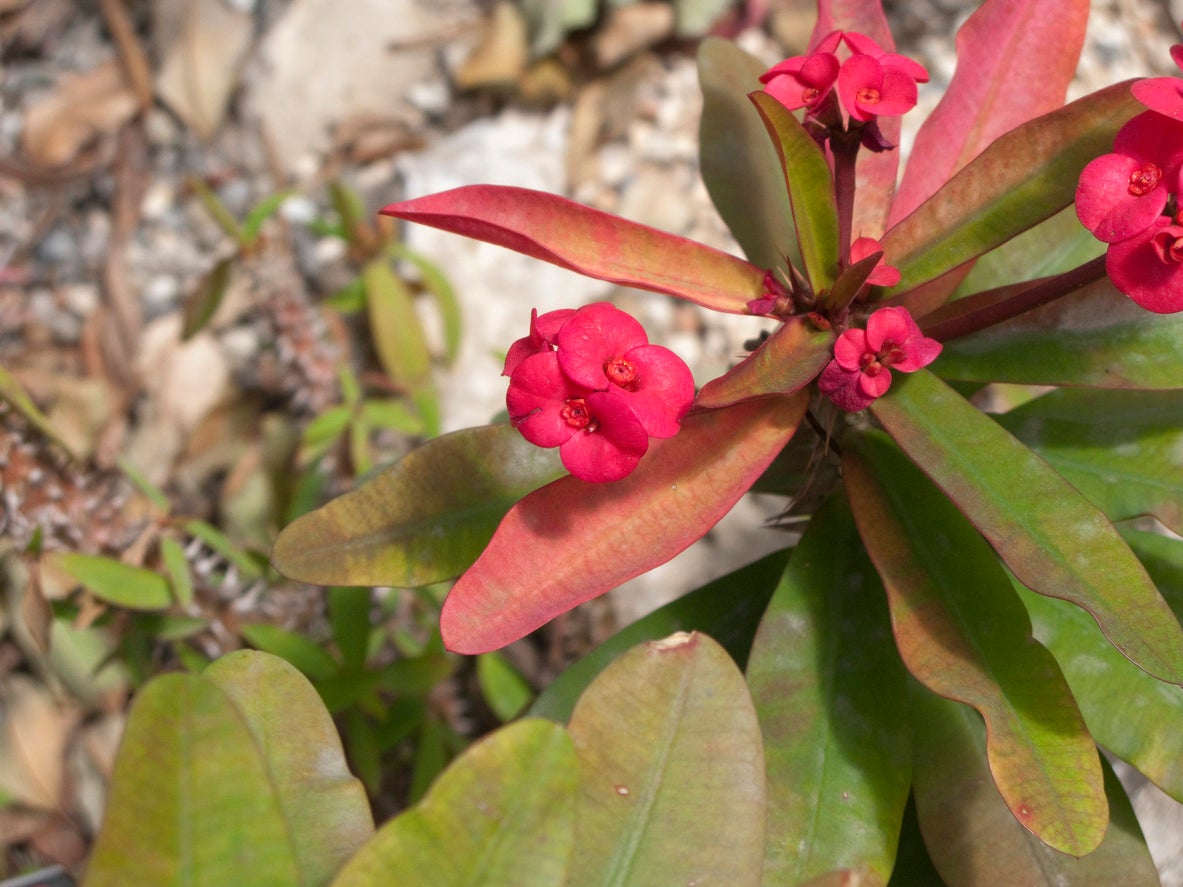 Crown Of Thorns Plant Froze: Can A Crown Of Thorns Survive A Freeze
Crown Of Thorns Plant Froze: Can A Crown Of Thorns Survive A FreezeNative to Madagascar, crown of thorns is a desert plant suitable for growing in the warm climates of USDA plant hardiness zones 9b through 11. Can a crown of thorns plant survive a freeze? Learn more about dealing with crown of thorns cold damage in this article.
By Mary H. Dyer
-
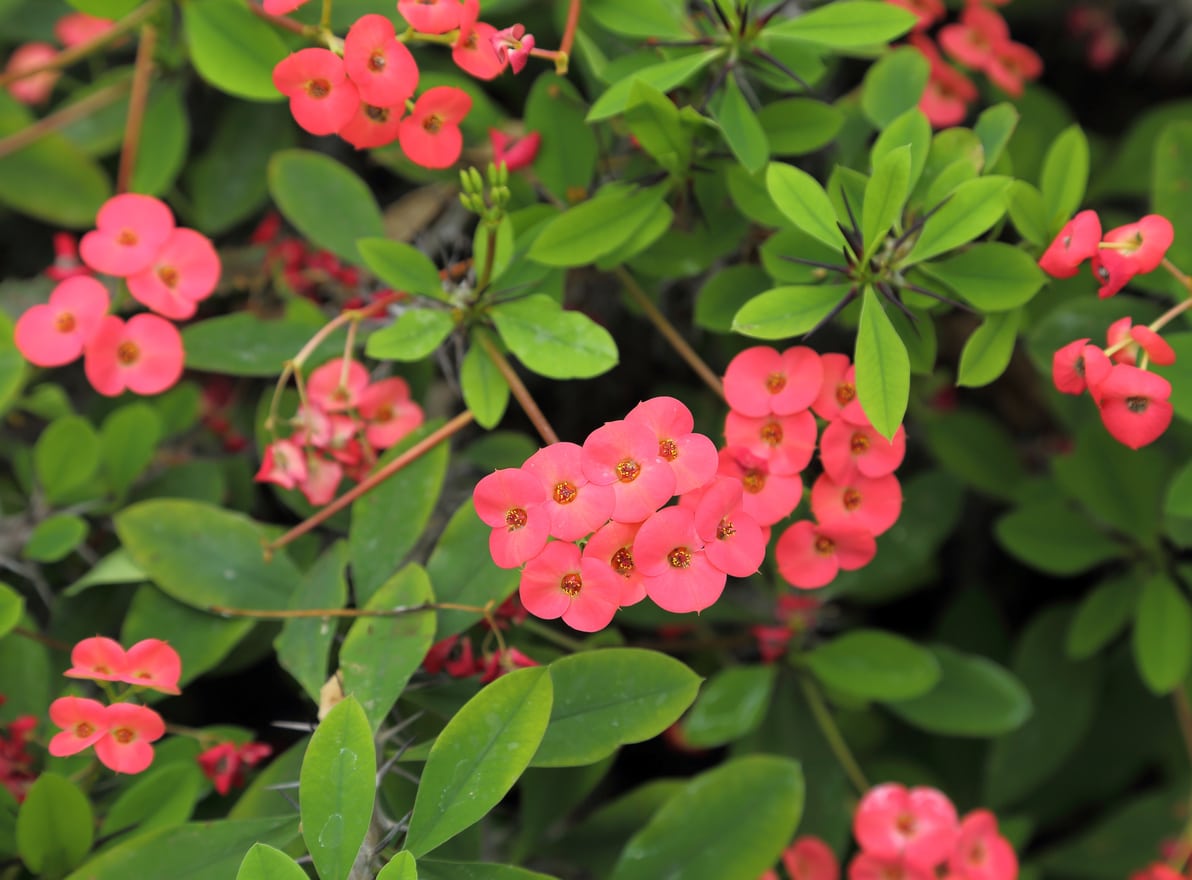 Crown Of Thorns Has Spots: Treating A Crown Of Thorns With Leaf Spot
Crown Of Thorns Has Spots: Treating A Crown Of Thorns With Leaf SpotBacterial leaf spot on crown of thorns causes unsightly lesions. They can become larger and merge, completely destroying leaf tissue and ultimately causing a plant to die. If you’re seeing spots on your crown of thorns, this article can help.
By Mary Ellen Ellis
-
 Crown Of Thorns Euphorbia: Tips On Growing Crown Of Thorns Outdoors
Crown Of Thorns Euphorbia: Tips On Growing Crown Of Thorns OutdoorsHeat tolerant and drought resistant, the crown of thorns plant is a real gem. Usually seen as houseplants, you can plant crown of thorns in the garden in warm climates. For tips about growing crown of thorns outdoors, this article will help.
By Teo Spengler
-
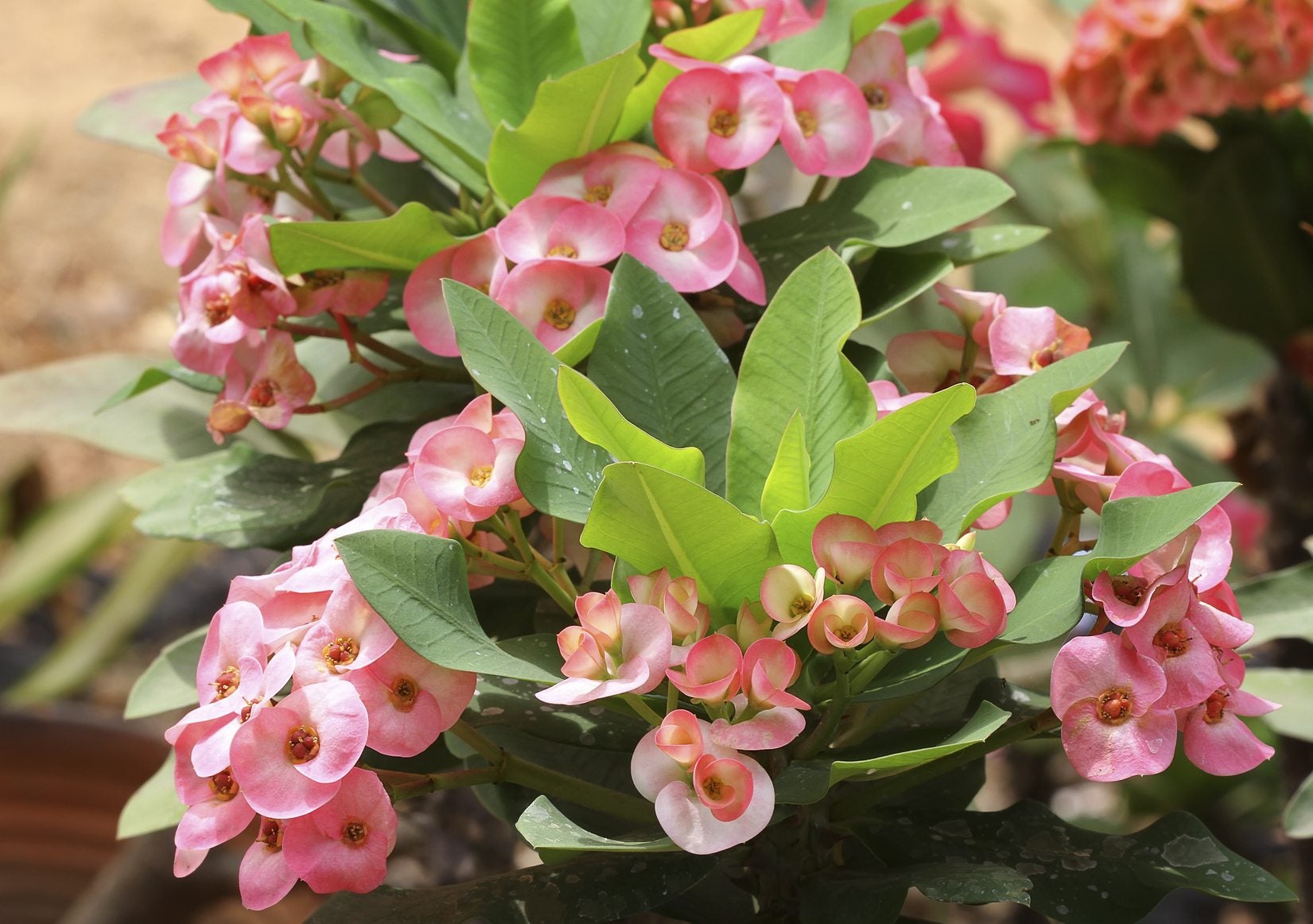 Crown Of Thorns Plant Propagation – How To Propagate Crown Of Thorns
Crown Of Thorns Plant Propagation – How To Propagate Crown Of ThornsCrown of thorns plant propagation is generally through cuttings, which is a fast method of establishing the plant. They can produce seed if they bloom, but germination is fickle and it is much easier to establish plants from cuttings. This article will help.
By Bonnie L. Grant
-
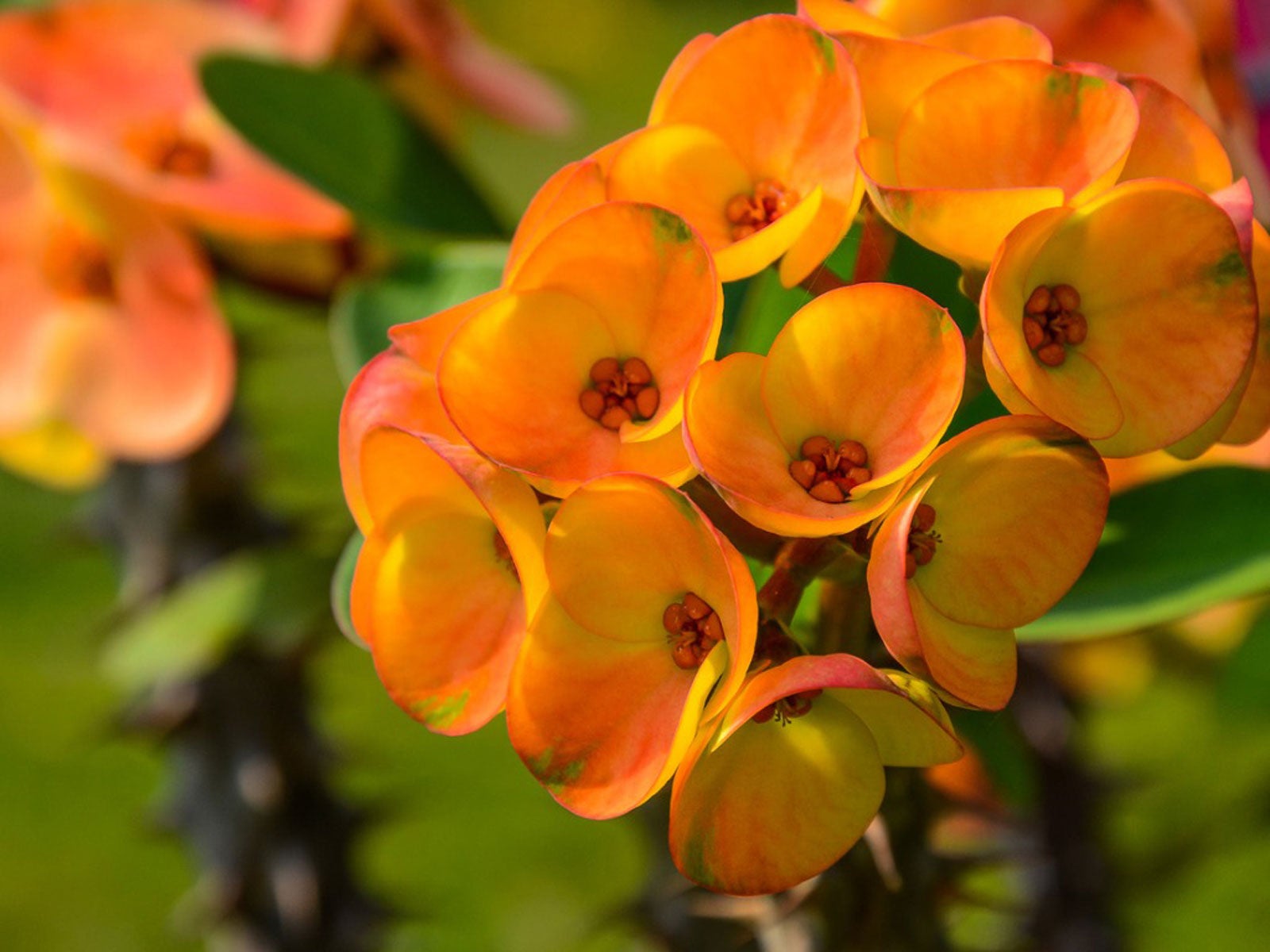 Crown Of Thorns Plant, a Complete Indoor Care Guide
Crown Of Thorns Plant, a Complete Indoor Care GuideA crown of thorns plant will light up your home with its colorful blooms. It likes a dry indoor environment and is not particularly fussy.
By Jackie Carroll